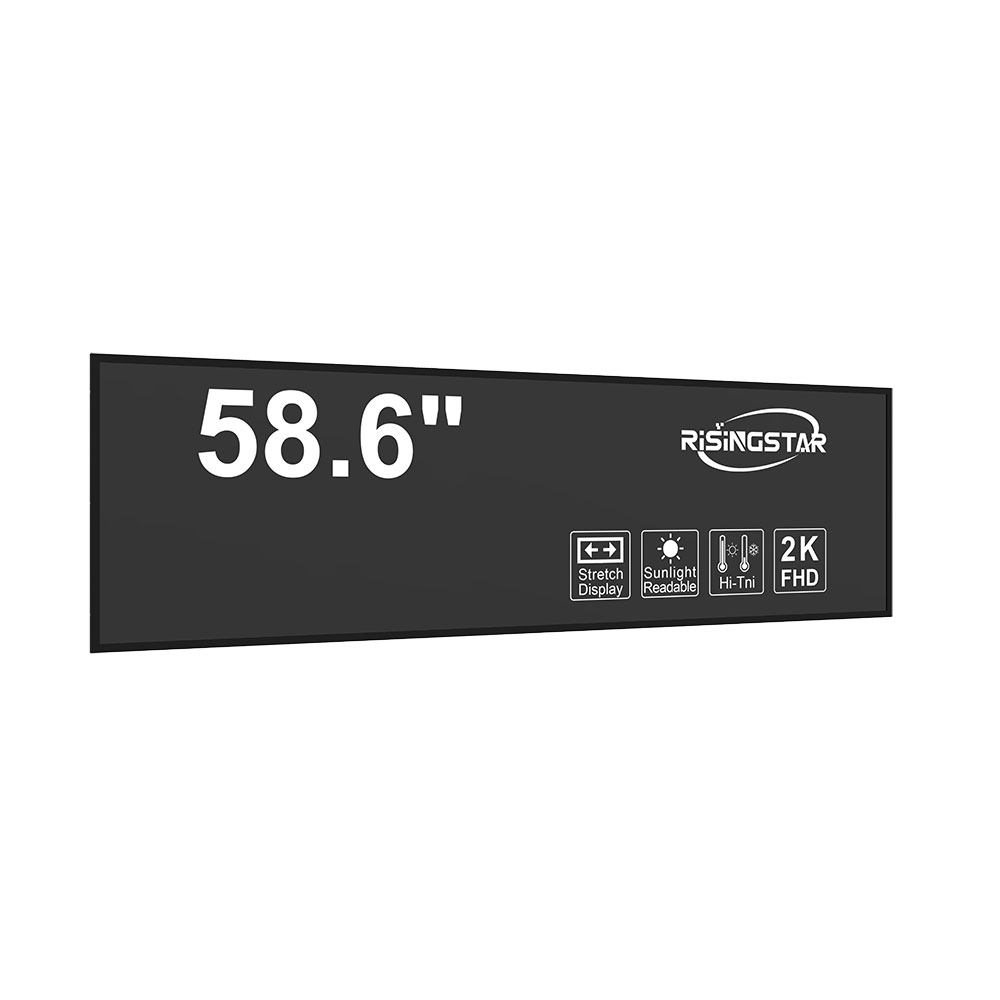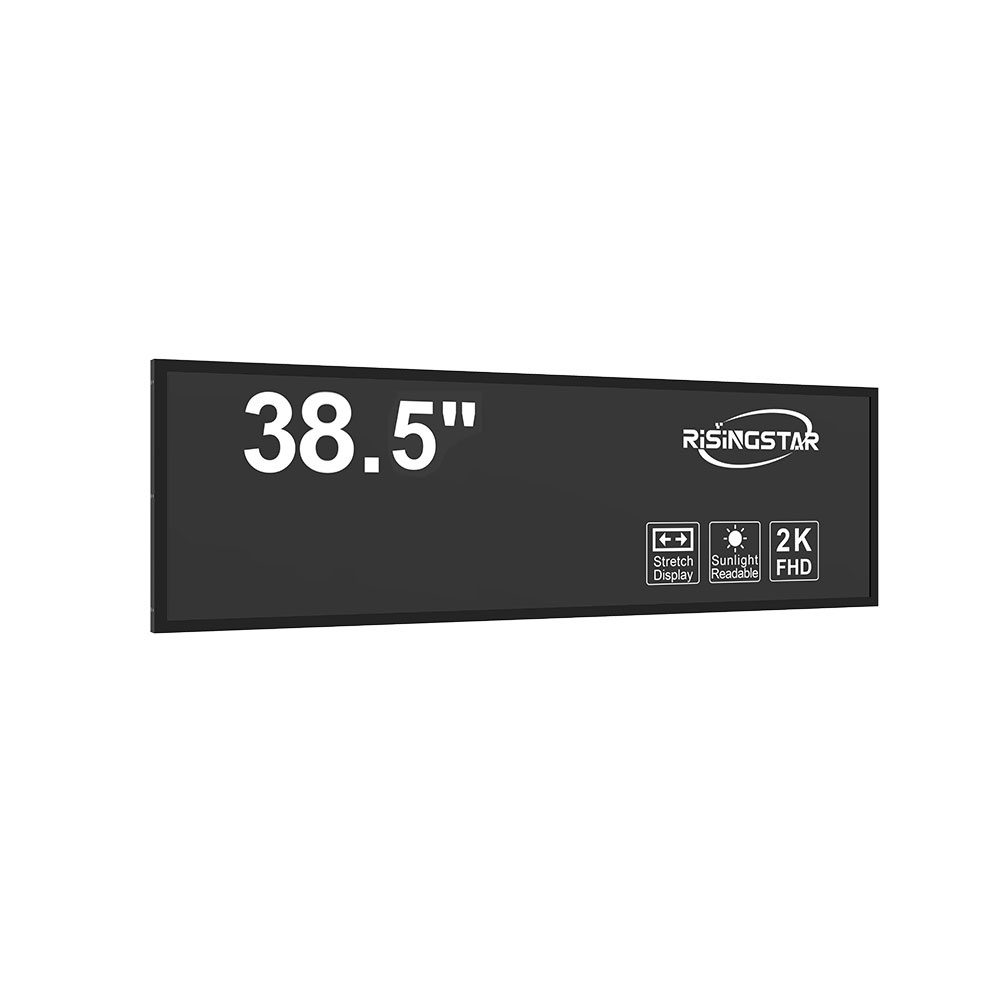
Privacy statement: Your privacy is very important to Us. Our company promises not to disclose your personal information to any external company without your explicit permission.
Outdoor LCD screens are engineered to withstand extreme weather conditions, making them essential for digital signage, public information displays, and industrial monitoring systems. These displays must maintain visibility, functionality, and longevity under direct sunlight, high humidity, temperature fluctuations, and mechanical stress. To achieve this, manufacturers incorporate advanced materials such as tempered glass, anti-glare coatings, and IP65 or higher ingress protection ratings.
The brightness of outdoor LCDs typically exceeds 5,000 nits—far above standard indoor displays—to ensure legibility even in full daylight. This is achieved through high-efficiency LED backlights and optimized panel technology like IPS (In-Plane Switching) or VA (Vertical Alignment), which provide wide viewing angles and consistent color reproduction. Additionally, thermal management systems, including heat sinks and fanless designs, prevent overheating in hot climates while maintaining operational stability in cold environments down to -30°C.

Environmental testing standards such as MIL-STD-810G and IEC 60068 validate the robustness of these screens. Real-world deployments in airports, construction sites, and retail chains have shown that well-designed outdoor LCDs reduce maintenance costs by up to 40% compared to non-rated alternatives. For example, a case study from Dubai’s metro system revealed that outdoor LCDs with dual-layer anti-reflective glass reduced glare-related service calls by 72% over 18 months.
Power efficiency is another critical factor. Modern outdoor LCDs often feature adaptive brightness control that reduces energy consumption during low-light hours without compromising visibility. They also support remote diagnostics via IP-based protocols, enabling proactive maintenance and minimizing downtime. With the rise of IoT integration, these screens increasingly act as edge devices, collecting environmental data such as temperature, air quality, or crowd density for smart city applications.
To ensure long-term performance, it is crucial to choose panels with proven reliability metrics—such as MTBF (Mean Time Between Failures) exceeding 100,000 hours—and to implement proper installation practices, including UV-resistant mounting brackets and sealed cable entry points.

Email to this supplier

Privacy statement: Your privacy is very important to Us. Our company promises not to disclose your personal information to any external company without your explicit permission.